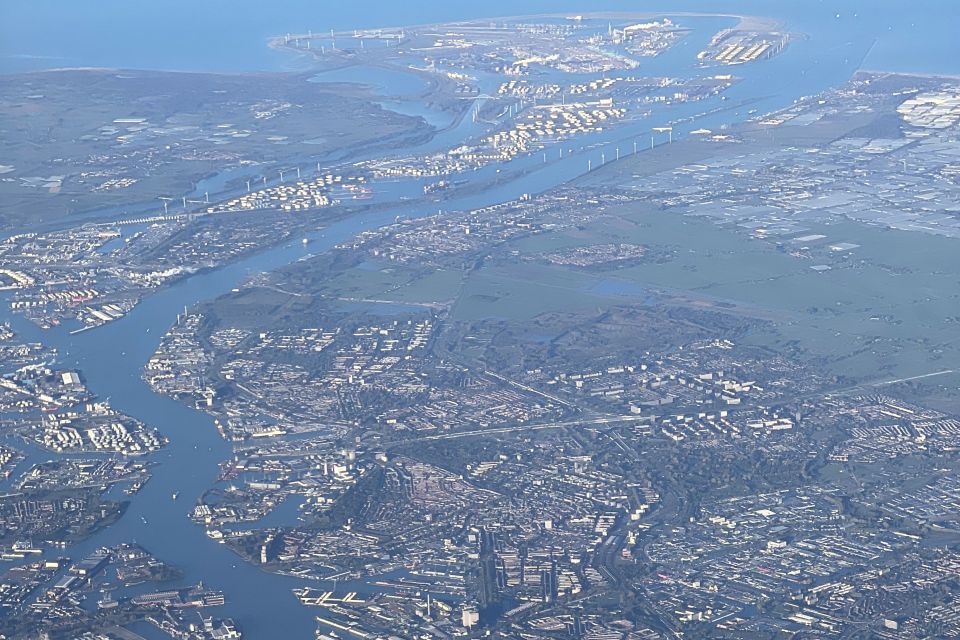The Dutch government is investigating Maasvlakte 1 in the Port of Rotterdam as a possible site for a new nuclear power plant. However, the Port of Rotterdam Authority is not keen on such a plant in the port area and sees more in the application of small modular reactors (SMRs).
The Dutch Government wants to produce CO2-neutral electricity by 2035 and is committed to building two new nuclear power plants. The Government is now looking at possible locations for these power plants. In principle, this involves the Borssele site in the Dutch province of Zeeland, where there already is a nuclear power plant, and the Maasvlakte I site in the Port of Rotterdam.
Also read: New hydrogen import facility for Port of Rotterdam
Cooling water
Given its interests as operator of the Port of Rotterdam, the Port Authority has responded to the plans in a letter to government. In it, the organisation states that ‘the question whether nuclear power plants should be built in the Netherlands is a social issue. However, nuclear power plants can be located anywhere where there is sufficient cooling water. That is along the entire Dutch coast and on large inland waters.’
According to the Port Authority, the projected capacity of the two power plants (2x 1.6 GW) calls for a large cooling water capacity: ‘In the current situation, available cooling water capacity on Maasvlakte 1 is scarce and certainly insufficient for two large-scale nuclear power plants.’ The Port Authority has conducted a study that backs up this shortage of cooling water.
Also read: Rotterdam throughput drops in 2023, focus on transition
Space is scarce
The Port Authority adds that space in the port is limited: ‘Port sites where you can moor large sea-going vessels are very scarce. This means that the port of Rotterdam is not an obvious location to build a large nuclear power plant.’
In addition, the Port Authority points out that the port wants to play a major role in accelerating the energy transition. As examples, it cites the landing of offshore wind, the construction of new hydrogen plants and the construction of the necessary energy infrastructure and import facilities for hydrogen. This too requires space on Maasvlakte 1 and 2, which is scarce anyway.
Also read: Tender for floating solar farm in Port of Rotterdam
Small modular reactors
That does not mean that the Port Authority rules out the use of nuclear energy in the port. As the organisation states: ‘We recognise that the port and the industrial complex are a major user of energy now and in the future. Therefore, we see opportunities for application of Small Modular Reactors (SMRs) in the port area, due to possible easier incorporation and lower impact of the construction phase of SMRs.’
Picture: Aerial picture Port of Rotterdam (by Port of Rotterdam Authority).








